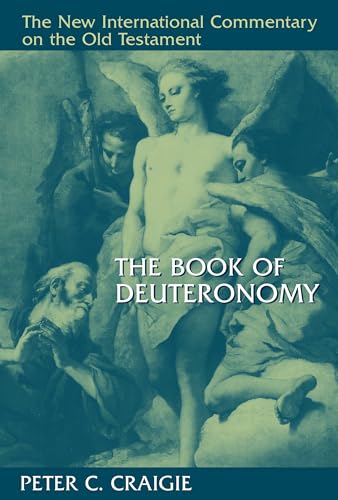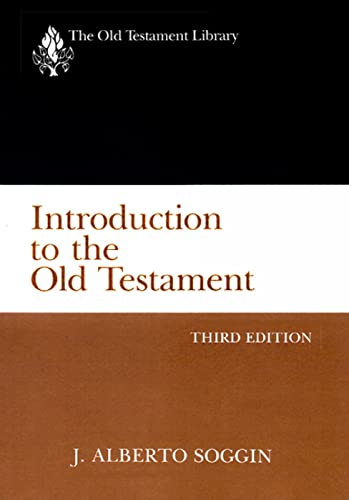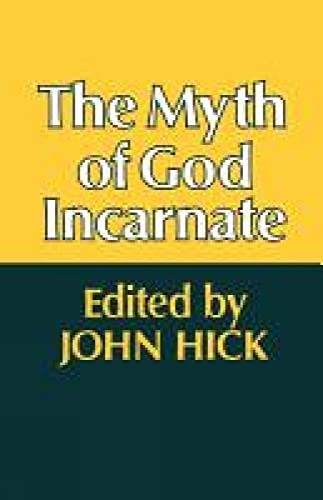The readership of this commentary series is defined as ‘pastor, scholar, and student alike’. This commentary is one of the few that I would regard as coming close to that omnibus requirement. For the pastor, this is not the kind of ‘expository commentary’ that will write his sermons for him, but it illuminates the text in a way that stimulates thought and calls out for expository application. Theological patterns are laid bare, ethical implications are pointed out, and the material is broken up under headings which occasionally suggest that the author has himself used them in preaching (e.g. ch. 4).
The student will have a consistent scholarly attempt to interpret Deuteronomy from the conservative viewpoint that it is what it purports to be—a document of covenant renewal from the close of the Mosaic era. The introduction argues for this and the commentary presupposes it throughout, so that the student has a useful counter-balance to commentaries which presuppose in their interpretation of the text a very different historical setting for it.
Every scholar or research student knows that there are commentaries that are hastily replaced on the shelf and others that are taken down in anticipation of much fruitful labour following up references, wrestling with syntax, etc. Craigie’s work falls without doubt into the second category. There are extensive bibliographies which, combined with the index of authors, reveal that Craigie’s conservative standpoint has in no way restricted his exploration and utilization of the whole wide field of scholarly work on Deuteronomy in every critical discipline. There are footnotes laden with detail: notes on textual reconstruction and syntactical problems; geographical and historical clarifications; parallels from Mesopotamian, Ugaritic and Egyptian sources; abundant references to other commentaries and secondary literature in several languages.
The sixty-six page introduction is fairly adequate for the purposes of the commentary as a whole, so long as it is realized that it sets out to argue a case for the essential Mosaicity and unity of the book, and does not supply a comprehensive critical survey—for which one must consult a major Introduction. One feels that in the introduction it is the pastor, or that other curious animal—much loved by publishers—the ‘interested layman’, who is more in mind than the scholar. Craigie relies heavily on the Hittite treaty material in his arguments regarding both dating and unity, a fact that will not be popular with those European and British scholars who are at present very sceptical about the over-confident use of the treaties in OT studies. On the other hand, his comparison of the theology of Deuteronomy with the Song of Moses in Exodus 15 is an interesting exercise that could have been given more prominence. The significance of Israel’s earliest poetic traditions is being increasingly appreciated. Craigie is careful to say that his position is simply that his critical researches do not give him cause for ‘radical doubt’ about the Mosaic setting of the book. He is not saying one can scientifically prove such a view, or that the theological value of Deuteronomy depends upon historical verification.
The section on the theology of Deuteronomy is organized around the treaty structure. It is a useful ‘orienteering course’ before venturing out on the text, rather than a list of themes, laden with references. This is sensible, for it means that the job of theological reflection is undertaken as one studies the actual text, in context, with the help of the commentary. An appendix proposes the hypothesis of an Egyptian background to the covenant form, with the suggestion that the Hebrews in Egypt were actually under some kind of contractual servitude. This is interesting but needs to be evaluated by an Egyptologist—which I am not.
In the commentary itself one finds a high standard of detailed exegesis, following, section by section, on the author’s own translation which is very fresh and readable and reflects the syntax of the Hebrew (though I question the sense of employing the verse numeration of the Hebrew, with English in brackets, in chapters 13, 23 and 29, in a work intended for non-specialists; it would have been better to put the Hebrew in brackets). The exposition of the key chapters 1–11, and particularly ch. 4, is on the whole richly satisfying. The interpretation of some of the commandments of the decalogue, however, is somewhat disappointing.
On the fourth commandment, there is no engaging with the other sabbatical institutions and the eschatological significance of their common theme of ‘rest’, nor any reference to this theme in Hebrews. On p. 157, Craigie rather rashly cites Phillips’ view that the lack of mention of the wife in the sabbath commandment indicates that the prohibition did not apply to domestic activities. But this is based on Phillips’ adherence to the documentary assignment of Exodus 16:23 and 35:3, which do prohibit domestic chores on the sabbath, to ‘P’—a view presumably not shared by Craigie. It is more likely that she was simply understood to be included with her husband as a single legal unit.
On the eighth, I was surprised to find Craigie aligned with Alt and Phillips in asserting that it refers to kidnapping, not ‘simple theft’. This theory arose as a result of the view that the tenth commandment prohibited not merely covetous desire, but actual misappropriation—i.e. theft. The eighth had therefore to be reconstructed to ‘theft of a man’. But that view of the tenth is no longer very widely held. It was decisively exposed as faulty by B. S. Jackson: ‘Liability for mere intention in early Jewish law’, Hebrew Union College Annual 42 (1971), pp. 197–225 (not cited by Craigie). The reinterpretation of the eighth is therefore unnecessary. In any case, the phrase ‘simple theft’ misleadingly underestimates the seriousness with which theft was regarded in Israel—even though it was not treated as capital. Psalm 50:16–18 ranks it with adultery as a covenant violation; Proverbs 30:9 regards it as a profanation of God’s very name; Zechariah 5:3f. pronounces a frightening curse on the thief, and is only one of many prophetic condemnations of theft. So there is no need for raised eyebrows over the inclusion of theft in the decalogue prohibitions.
On the tenth, we might have expected some reference to comparative material on coveting in the Egyptian wisdom literature and the Ugaritic texts—to which Craigie makes frequent reference elsewhere.
The treatment of ch. 15 is rather thin. There is no adequate discussion of the relation of the Deuteronomic year of release to the fallow year (Ex. 23:10f.) and the sabbatical year (Lv. 25:2–7). The exegetical difficulties of 15:2 are not discussed—viz. precisely what or who was ‘released’—the debt, or a pledge given for it, as several scholars have argued? And if the latter, was the pledge a person or a piece of land? What of Nehemiah 5:1–10 in this regard? On 15:12–18, there is no discussion of the significance of the description of the slave as a ‘Hebrew’, and the debate over the sociological meaning of that term and its relationship to the international class of landless, dependent people—the ’apiru (on which, cf. commentaries on Ex. 21:1–7). A reference to an apparent implementation of this law in Jeremiah 34:8ff. would have been illuminating. Nor is there any reference to the question of how this seventh-year release of ‘Hebrew’ slaves was related to the fiftieth year Jubilee release of Israelite debtors, in Leviticus 25.
As well as the standard indixes of texts and authors, there is one for the Ugaritic texts cited, and one for chief subjects, which looks short, but on inspection turns out to be very comprehensive. It lacks ‘inheritance’, which corresponds to a lack of any major discussion of this as a sociological fact (cf. 21:15–17) and as a theological concept (cf. 4:20 et al.)—yet this was certainly a very important ingredient in Deuteronomic theology.
The above criticisms, however, are vastly outweighed by the merits of the work. It is a solid, hard-working companion to one of the most crucial books in the OT. A commentary of this standard on Deuteronomy has been long overdue; it is very gratifying that we now have two from competent conservative scholars—this one, and J. A. Thompson: Deuteronomy: an introduction and commentary (TOTC, London, 1974). Happily the two complement each other, for although Craigie has more space for expanded exegesis, there are features of Thompson’s introduction which I found more satisfying.
A book, then, to be warmly welcomed and highly recommended, for to grasp the message of Deuteronomy is to feel the heartbeat of the OT itself.
Christopher J.H. Wright
Principal, All Nations Christian College, Ware






